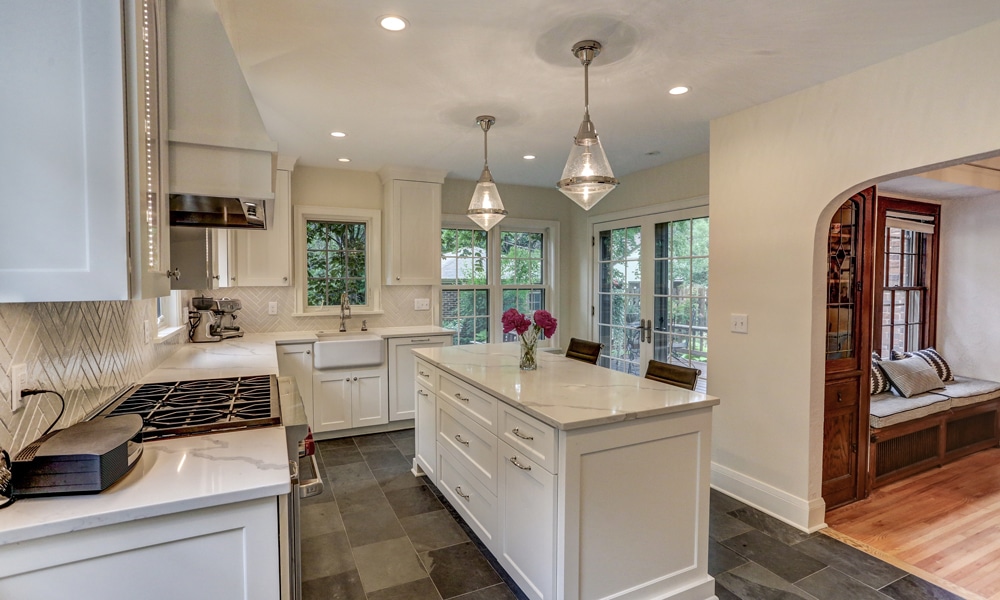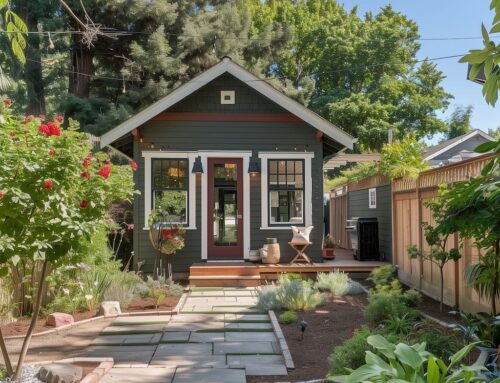If you’ve purchased a midcentury modern home built (roughly) between 1945 and 1975, congratulations!
Styles from that time period are often highly sought-after in today’s market, especially by today’s younger shoppers. We’re seeing a renewed appreciation for the vintage vibe that characterizes such architecture and décor — a classic yet modern look marked by sleek, uncluttered lines, minimal ornamentation and juxtaposition of materials.
If you’re lucky enough to have a home that dodged renovations in the ’80s and ’90s, recommends real estate investor Adrian Kinney, you should preserve as many details as possible. “That is where so much of the home’s future value comes from, because so many buyers don’t want the ‘ticky-tacky’ of the McMansion builds,” he advises on Curbed.com. He says potential buyers want “character, charm, and yes, even some of the little quirks of the home.”
That said, not all elements of your new home may be exactly to your liking. Even if you appreciate the reason for glow-in-the-dark peace sign wallpaper, for instance, you may not want to encounter its neon glare every time you enter your half bath.
If that’s the case, here are suggestions for updating and/or renovating a midcentury home without obliterating its original character.
- Instead of making changes piecemeal, consider waiting until you can afford a comprehensive redo that ensures everything will mesh well as a whole.
- Arrange for testing if potentially hazardous materials like lead or asbestos could be present.
- Understand that elements like roofing, electrical, HVAC, plumbing and sewer systems may be more than seven decades old and may require complete replacement.
- Respect the limitations of midcentury architectural design. Certain looks will seem out of place with the distinctive features of that time period; for example, contemporary is not the same as modern.
- Consider tying together original and new elements by choosing a period color palette throughout.
- For authenticity, keep materials like brick, brass, chrome and genuine wood and stay away from shiplap, advises real estate investor Adrian Kinney on Curbed.com. He recommends keeping original honey-yellow oak floors or dark walnut paneling but not both, since they’ll probably clash. For tile, he likes either terrazzo or tile in shades of pink, teal or yellow installed in repeating geometric patterns.
- Resist the temptation to paint over original wood; if it feels too dark, consider a thinly applied light white or gray stain. “And do not paint over natural stone and brick on walls and fireplace,” adds Joan Gand on Chicagobauhausbeyond.org. “Clean it … sandblast it … come up with a creative solution to keep it natural. Do not listen to people who say ‘Whitewash everything.’”
- Instead of granite kitchen countertops, consider matte-finish quartz, natural marble, concrete with embedded terrazzo, solid-color Corian or laminate, advises Gand.
- Think about keeping original kitchen and bath cabinetry and hardware, original light fixtures and still-functional original plumbing fixtures.
- For flooring, keep natural stone such as slate, terrazzo, bluestone or travertine. Complementary replacement flooring might include cork, natural concrete or porcelain tiles that mimic natural stone. For carpet, choose solid colors in Berber or shag, Gand recommends.
- Try to keep original midcentury windows that have no mullions and opt for aluminum or wood window frames. Avoid replacing those styles with vinyl-wrapped, double-hung varieties.
For more advice on making smart renovations to your distinctive midcentury modern home, call the specialists at Titus Contracting at 952-746-7817.










